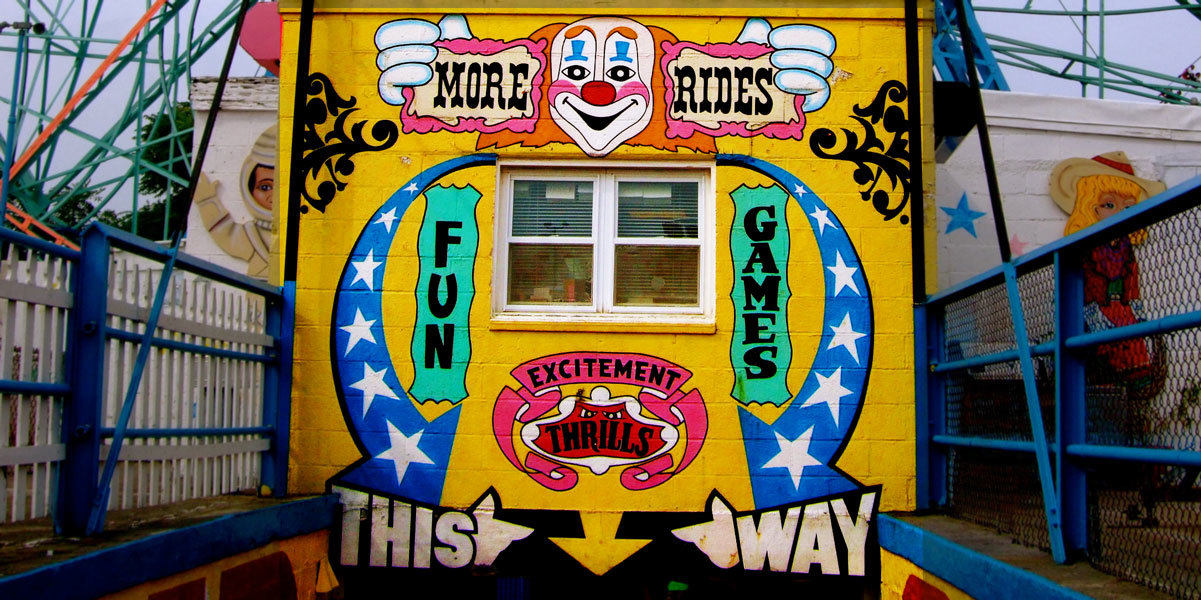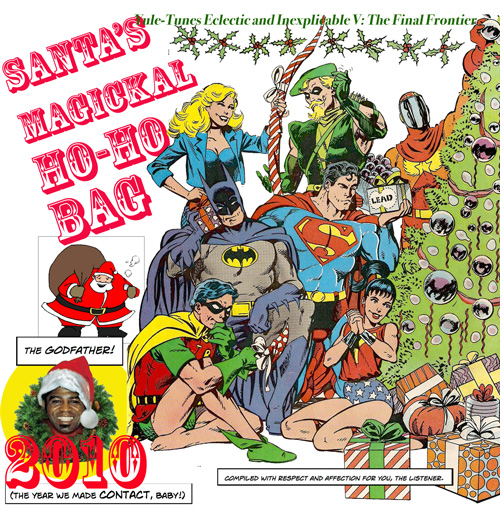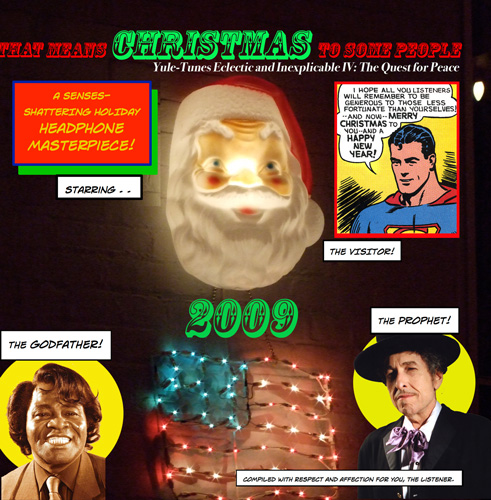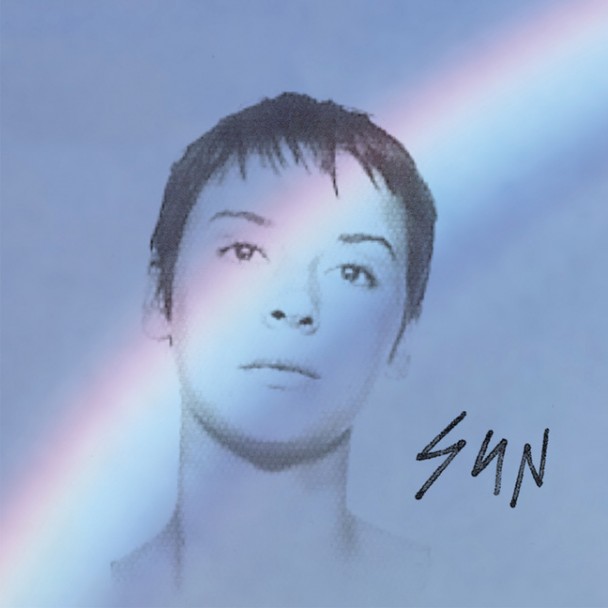I was asked to provide a sidebar for my Washington Post essay
(in today's Sunday Style insert, with Helen Mirren on the cover, which
actually came out Friday) about making my annual yulemix. We didn't have
room for my brief rationales for choosing the Twelve Songs of Christmas
that I did, so I'm posting it here. Bow your heads and tremble before
the Twelve Songs of Christmas!
(Not the
twelve songs, as if there could be such a thing. Merely a dozen
yule-sides that ring my Christmas bell, presented chronologically.)
Read More
It’s a death trap! It’s a suicide rap! And so on.
My love of Bruce Springsteen is not exactly news. It may no longer even qualify as infotainment. He played the single best concert I’ve ever seen anyone play, out of hundreds of bands and artists. (This
is merely a partial list.) There is nothing remotely controversial
about the assertion he is the greatest live performer in the history of
rock and roll.
I wrote all of this down three years ago, after I
saw him play his penultimate show of 2009, in Baltimore’s appealingly
small and out-of-date sports area, the end of a busy two-year tour
wherein he also made one of his worst albums. Basking in the glow of
that remarkable show in the days afterward, I knew if I were never to
see Springsteen and the E Street band play again, I’d be fine with that.
I had a Born in the U.S.A. on cassette when I was a little kid, but it wasn’t until college that I became a hardcore Springsteen fan. His Live 1975-85 album (three discs, because I got it in the CD era) and his solo acoustic, recorded-in-his-bedroom Nebraska
album were the documents most directly responsible for my conversion.
At the time I was discovering this music, Springsteen hadn’t toured with
the E Street Band in seven years. Another four would pass before they'd
announced they were reuniting.
Those reunion shows in 1999 and
2000 were remarkable. I saw five concerts on that tour. They were
different from the shows Bruce and the band had played in the 70s and
80s, the ones I had heard only on cherished (and in the pre-broadband
era, expensive) bootlegs. There was no intermission. Bruce’s
meandering, easily parodied, improvised on-stage stories were gone,
replaced by a gospel preacher schtick. The shows tended to be about
two-and-a-half hours long — a generous amount of stage time from anyone
but Springsteen, who had regularly broken the three-hour mark all
through his twenties and thirties.
His twenties and his thirties.
Read More
Formed in Dallas in 1993, the alt-country act Old 97's combines the heart-tugging wordplay of Townes Van Zandt with the attack of The Clash.
After a couple of indie releases in the mid-'90s, the group was the
beneficiary of a bidding war, signing with Elektra Records. Their
major-label debut, 1997's Too Far to Care, remains their best
and best-loved album. Despite retaining a substantial following—Old
97's' show at the 9:30 Club tonight is sold out—the group never reached
the level of stardom its big label demanded. Since 2004, the band has
been recording for the New West label.
Old 97's' current tour supports a 15th anniversary reissue of Too Far to Care, which they're playing in its entirety in sequence, along with a selection of other songs. I spoke with singer-songwriter Rhett Miller
(whose career as a solo artist runs parallel to that of his band) by
phone about the quest for perfect setlist, the excesses of major-label
recording contracts, and the trouble with singing songs you wrote when
you were 25 when you're 42.
This interview appears today on the Washington City Paper's Arts Desk.
Read More
While you were watching President Obama Uncle Fluffy his way through
the first presidential debate Wednesday night, I was watching the Soft
Pack play the Black Cat.
That’s right: I went to see a band the youngest
member of which is probably a decade younger than me. Usually I’m on
the venerable old treasure beat, more or less voluntarily.
I reviewed their show for today’s Washington Post.
Read More








